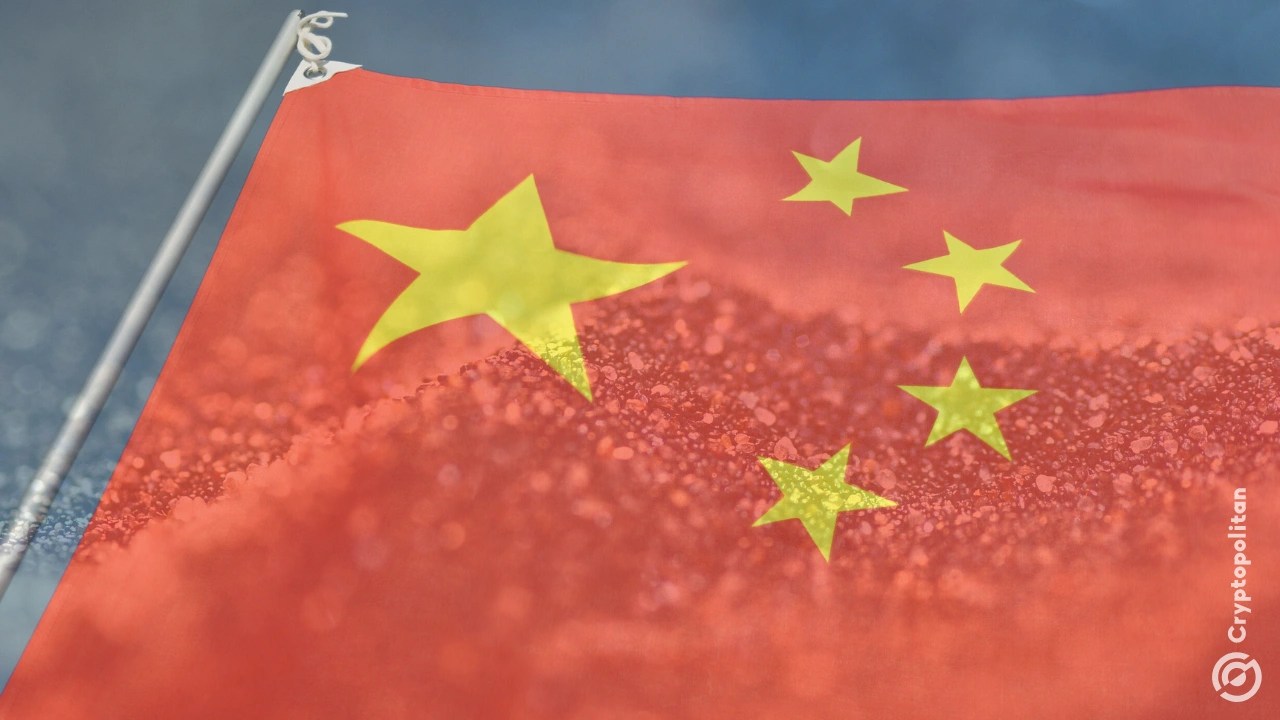Foxconn’s bid for ZF stake stalls after due diligence reveals debt, valuation gap
Foxconn’s two-year effort to acquire a major stake in a key unit of German auto supplier ZF Group has hit a wall after due diligence conducted by its advisor, JPMorgan, revealed a wide valuation gap and a higher-than-expected debt.
Per documents reviewed by Reuters, Foxconn’s due diligence concluded that ZF’s powertrain technology division, known internally as Division E, was worth between $1.74 billion and €2.5 billion, far below the $2.9 billion figure previously discussed.
More strikingly, the unit’s equity value was found to be negative, compared with an earlier estimate of $1.5 billion. A comment in the internal materials reportedly read: “No deal if equity value is negative.”
Debt burden and valuation mismatch
The due diligence uncovered that Division E’s net debt was almost 90% higher than expected, reaching $4.9 billion, according to the JPMorgan document titled Project Verde – Discussion Materials. A significant portion of that debt, nearly $1.1 billion, reportedly came from previously underestimated pension liabilities.
Foxconn and ZF had been exploring a potential investment under which the Taiwanese company would inject around $1.5 billion to buy a stake in the division if its equity valuation reached $3 billion, a structure outlined in a ZF document dated February 2025.
According to the findings, ZF has been struggling under a heavy debt load from past acquisitions.
Foxconn’s EV ambitions tested
Foxconn, formally known as Hon Hai Precision Industry, has been trying to replicate its success in electronics manufacturing in the automotive world. The company has identified electric vehicles as a pillar of future growth and wants to capture a sizeable part of the global EV market.
Foxconn has launched several ventures to anchor itself in the EV ecosystem, but progress has been uneven. In July, Foxconn sold a former factory in the U.S. that it initially acquired in 2022 for EV production. Also, its partnership with China’s Geely to provide contract manufacturing has shown little movement.
Nonetheless, Foxconn continues to push forward through partnerships in Asia.
However, in May, it signed a memorandum of understanding with Mitsubishi Motors through its subsidiary Foxtron Vehicle Technologies to develop and supply an electric model to be built by Taiwan’s Yulon Motor and launched in Oceania in 2026. It also struck an agreement with Mitsubishi Fuso in August to collaborate on zero-emission buses.
Last year, Foxconn reportedly acquired 50% shares in ZF Chassis Modules, the ZF Group’s chassis systems maker for passenger cars.
However, the stalled ZF transaction is a setback in the company’s effort to secure a strong foothold in Europe’s automotive supply chain.
New direction for ZF and industry pressures
While the equity sale may be off the table, ZF is reportedly still in talks with Foxconn and other potential partners about possible partnerships that are focused on specific technologies within Division E.
The difficulties encountered in the Foxconn negotiations highlight a major strain across Europe’s automotive supply industry, where suppliers face heavy investment needs to transition from combustion technology to electrification, thanks to emissions rules they have to comply with.
Many are also grappling with legacy costs, including pensions and restructuring charges, that complicate their capital strategies, as seen in the case of ZF.
The latest findings are quite damning for ZF, and it has raised questions about its ability to manage leverage, as its high debt levels could constrain future investment and make asset sales harder to execute without major discounts.
Sharpen your strategy with mentorship + daily ideas - 30 days free access to our trading program
You May Also Like

Shibarium May No Longer Turbocharge Shiba Inu Price Rally, Here’s Reason

China drops Google antitrust case as U.S.-China talks focus on TikTok and Nvidia
